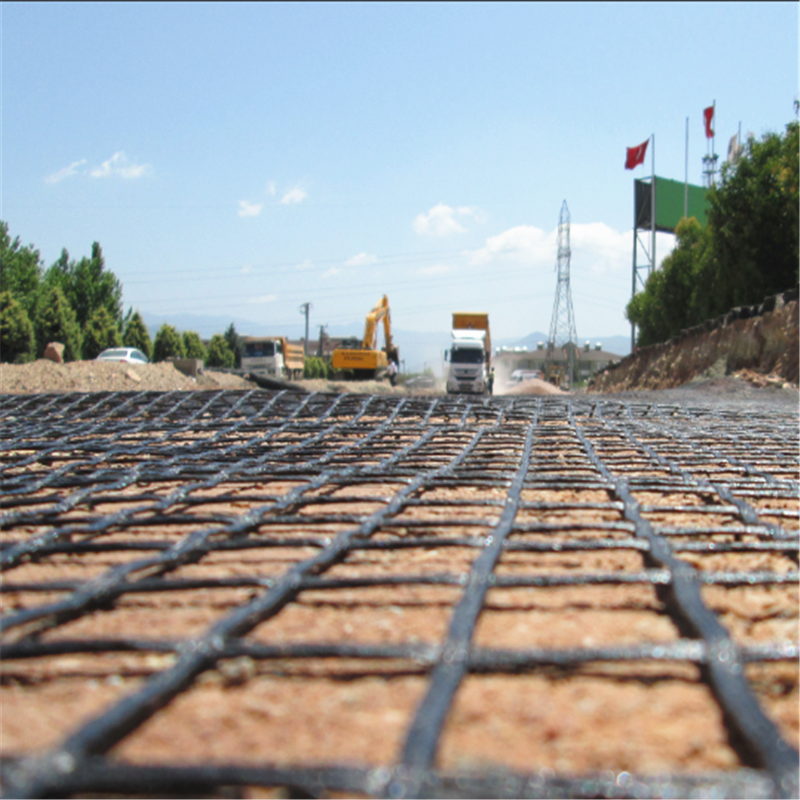Nowadays, the large-scale feeding of Tenebrio is nothing new. Because of its simple operation, high success rate and wide market, it has provided many rural entrepreneurs with a way to become rich. Those entrepreneurs who have embarked on the road to wealth are also pondering how to reduce the cost of investment in breeding of Tenebrio. Here's a detailed description of a method that can take into account both economic and social benefits: Feeding Tenebrio with an abandoned mushroom residue fermentation feed.
At present, many mushroom growers or manufacturing companies treat the mushroom scum (known scientifically as bacilli) left over from mushroom harvesting as garbage, which not only seriously pollutes the living environment, but also wastes valuable resources. In fact, we can fully use these abandoned mushrooms dregs to ferment into Tenebrio feed. The specific method of operation is as follows:
1, stocking: according to the weight of the material to be fermented 0.2% (that is, 2/1000) ready Jinbao Tenebrio feed starter, with fresh rice bran (Note: "Mi Fu" is not "unified", the nutritional and breathable rice bran Sex is good, old rice bran or untied nutrients are poor and unfavorable; no wheat bran or corn meal can be used instead of bran, and the starter is diluted (5 kg of rice bran per kilogram of fermenting agent plus 5 kg of rice bran) and then diluted. Good Golden Baby Fermentation Aid, mix well with pre-moisturizing mushroom residue and other accessories.
2. Moisture regulation adjusts the moisture to 60-70%, the water content is too low, which is not conducive to the rapid propagation of functional microorganisms, and the fermentation rate is slow; if the water content is too high, not only the temperature rises slowly, but also the local anaerobic environment may be caused by poor ventilation. Spoilage bacteria "produce odors by breeding. Whether water is suitable or not is determined by grasping a handful of material, see the watermark but not dripping.
3, stacking: the raw materials of the culture materials are mixed evenly, according to conventional stacking, the inside of the pile is evenly punched and ventilated with a tip rod with a diameter of about 10 centimeters, a thermometer is inserted, and a breathable covering material such as a sack and a straw curtain is covered. In order to keep warm and moisturize.
4. Toppling: When the material temperature rises to about 65°C, it can be tipped over for the first time and it can fall again in 3-4 days.
5, temperature control: the initial temperature of fermentation may quickly rise above 70-75 °C is normal, but should immediately fall over, can not maintain a high temperature above 75 °C for a long time, otherwise it will cause a large loss of nutrients in culture, affecting production. In the later period, according to different requirements, measures such as withdrawing the covering, increasing the density of punching holes, replenishing the water, reducing the height of the pile, and tipping over are separately adopted to control the temperature within an appropriate range.
6, humidity: With the sharp rise in the temperature of the material pile and the continuous accumulation of heat, moisture in the material will be a large number of evaporation loss, it is also overturning, but also according to the specific circumstances of timely water (filling 0.5% lime water is better ) The last time the water supply and turning should be completed at the same time. When sowing should be avoided as much as possible to avoid the "raw water" added, so as not to cause the strain "not to eat" after sowing.
7. Completion: about 2-7 days of fermentation; the surface of the fermentation is covered with white hyphae, there is no aromatic smell of ammonia, no stickiness and elasticity, straw straw lightly pulled off, indicating that the fermentation is completed.
After the completion of the fermentation, Tenebrio can be fed. Note that: 1. To avoid single fermentation, several raw materials can be used to make nutrition more comprehensive. 2. The principle of feeding should be gradually increased to increase the proportion of feeding, and should not directly replace the original habit of feeding. For details, please contact: Beijing Huaxia Kangyuan Technology Co., Ltd. Telephone Toll Free Hotline:
Geogrid
The Geogrid including Polyester Geogrid, Fiberglass Geogrid, Steel Plastic Composite Geogrid and Plastic Geogrid.
The geogrid is a major geosynthetic material. Compared to other geosynthetic materials, it has unique performance and efficacy. Commonly used for reinforcement of soil structure or reinforcement of composite materials.
The uses of geogrid: It is suitable for embankment and embankment reinforcement slope protection tunnel wall reinforcement large airport parking lot wharf cargo yard and other permanent bearing foundation reinforcement.
The feature of geogrid:
The high strength creep can adapt to all kinds of environment soil, and can satisfy the use of high grade highway retaining wall.
It can effectively improve the locking and occlusion of the reinforced bearing surface, greatly enhance the bearing capacity of the foundation, effectively restrain the lateral displacement of the soil, and enhance the stability of the foundation.
More suitable for deep-sea operations, embankment reinforcement, fundamentally solve the other materials do stone cage due to long-term erosion by the sea caused by low strength, poor corrosion resistance, short service life and other technical problems.
It can effectively avoid the construction damage caused by the crushing and destruction of machinery and tools in the construction process.

Steel Plastic Geogrid,Polypropylene Geogrid,Stretch Plastic Geogrid,Biaxial Plastic Geogrid
ANPING COUNTY SHANGCHEN WIREMESH PRODUCTS CO.,LTD , https://www.scfiltermesh.com
